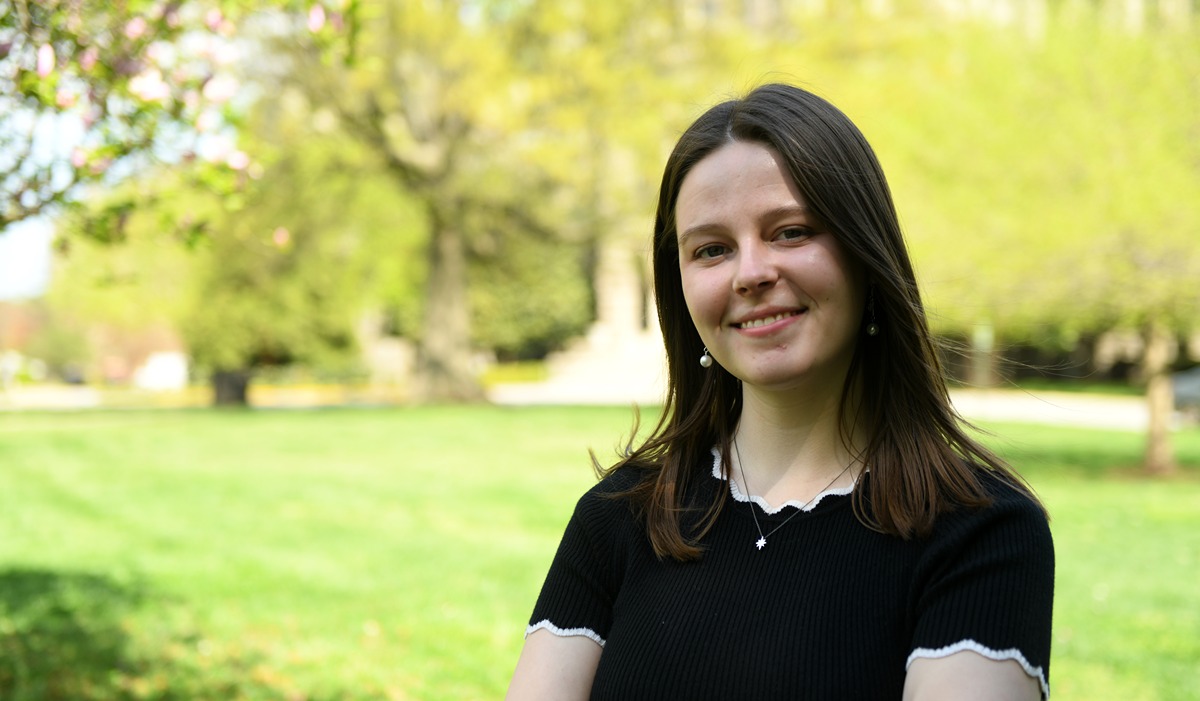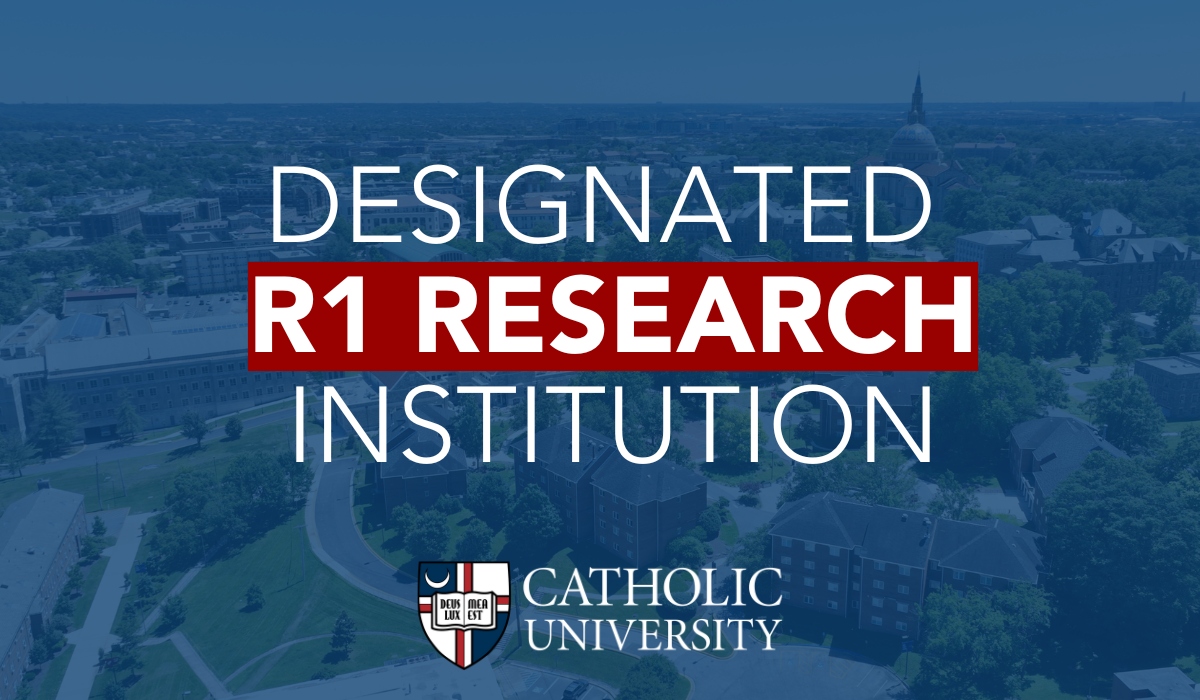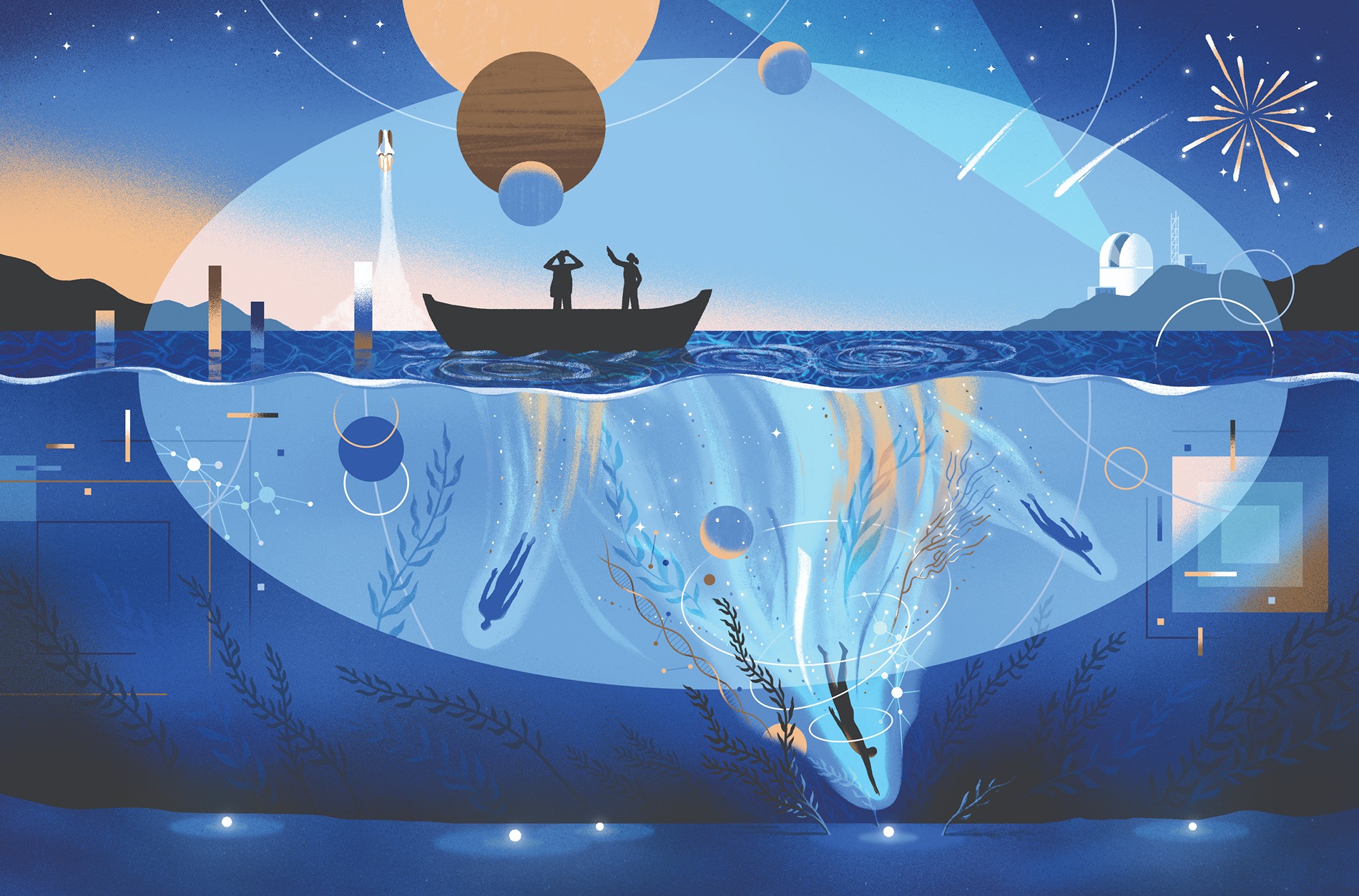Each year, The Catholic University of America highlights the diverse research topics of students and their various interest areas through University Research Day. Projects range from poster presentations to oral classroom lectures and participants range from undergraduate students to faculty and staff.
Being able to present this research not only gives community members a chance to reach public audiences, it also allows them to communicate with others about their interest areas in academia with passion.
Katie Coyle, a senior art history major, is doing just that on April 17. Coyle’s work was within her discipline of art history and it looks at the art of Samuel Bak, a 90-year-old Holocaust survivor whose In a Different Light series takes deep inspiration from Michaelangelo’s Sistine Chapel ceiling artwork.
Coyle was inspired by Bak’s work after working as an intern at the Pucker Gallery in Boston, Massachusetts. “On my first day, they had me write a short paper on one of his paintings; I knew nothing about it,” she remembered.“That was my first introduction to him. And I got to look at a lot of his pieces that summer, which really made me interested in him as an artist.”
Through her research, Coyle aims to promote the accessibility of art to all audiences. Coyle further discusses Bak’s work and its accessibility to those with ranges of different knowledge about art.
“I think his work is very accessible to a wide audience,” Coyle said.“Bak plays a lot on old master artists, especially ones that people would know. You don't even have to know that context to be able to access the work. Part of what my writing is more about is looking at the art from the perspective of the Holocaust, but also moving past that to look at its history.”
Coyle notes that not many people think of the arts when they think of academic research. However, she aims to create an affinity for the arts through her research and wants others to see art in its historical context. “Art can be accessible to everybody, but when you first are approaching art history, it can be very daunting. You don't have to have an art history background to be able to appreciate this work. It's amazing to be able to present on a topic that you don't see a lot during the research stage.
Coyle noted Bak’s connection to Catholicism. While his illustrations are based on his experience in the Holocaust, Bak “He was taught all the New Testament Bible stories from the nuns where he was staying as a child, so he actually started focusing more on those types of stories, taking inspiration from artists like Michelangelo.”
To learn more about what research is like in the arts, and to see Katie Coyle’s presentation on Samuel Bak, be sure to visit University Research Day on April 17.



